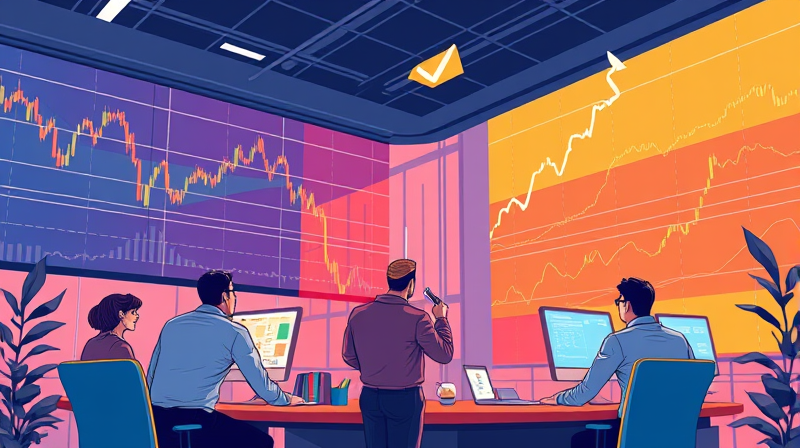
As global regulators tighten oversight and political winds shift, the ESG landscape is undergoing profound transformation. Investors and asset managers are strategically realigning their approaches to maintain momentum in sustainable finance. This article explores the forces reshaping ESG strategies and offers practical guidance for navigating an evolving market.
The path forward demands agility, transparency, and a clear focus on long-term value. Understanding the nuances of new mandates and harnessing innovative tools will be key to thriving in this era of heightened scrutiny.
In 2025, the regulatory world witnessed a convergence of ambitious standards and political resistance. The EU’s Corporate Sustainability Reporting Directive (CSRD) took effect on April 17, requiring member states to transpose detailed reporting rules by year-end. Meanwhile, the U.S. Securities and Exchange Commission amended its guidelines to expand disclosure requirements and restrict ESG-focused shareholder resolutions.
California’s SB 253 and SB 261 climate reporting rules, now finalized by July 1, 2025, add state-level reporting burdens. Simultaneously, thirteen U.S. states passed laws barring state agencies and banks from using ESG criteria in procurement and financing decisions. These moves reflect a polarized backdrop, where some jurisdictions push for deeper sustainability integration while others resist perceived politicization.
The interplay of stringent mandates and political pushback has prompted fund managers to reframe ESG as a risk management tool rather than a labeling exercise. Many are pivoting toward thematic strategies that emphasize resilience and efficiency without relying solely on the “ESG” brand.
Integrated risk frameworks withstand regulatory scrutiny by aligning sustainability metrics with financial performance. This approach helps articulate a compelling business case for green investments, appealing to both ethical and profit-driven stakeholders.
Despite regulatory hurdles, enthusiasm for sustainability-led opportunities remains strong. Survey data shows 73% of investors expect the sustainable investment market to grow significantly over the next two years, driven by evolving client demand and technological innovation.
The politicization of ESG has introduced new hurdles. State-level bans on sustainability criteria in public finance and banking restrict capital flows into green initiatives. At the same time, regulators such as ESMA and IOSCO are intensifying their fight against greenwashing, demanding rigorous documented ESG definitions and policies to ensure accurate disclosures.
Recent analysis revealed that 58% of EU issuers omit critical transition risk data, underscoring a widespread compliance gap. Investors must now maintain detailed historical records and robust governance frameworks to withstand enforcement actions and reputational damage.
To succeed in this intricate environment, asset managers are embracing harmonization. Triangulating between mandatory, voluntary, and third-party frameworks allows firms to tailor disclosures for each market. Leveraging advanced data analytics and AI enables authentic impact measurement with advanced analytics, strengthening credibility.
Transparency is paramount. Clear communication of both financial and environmental performance fosters trust among stakeholders. Publishing standardized metrics aligned with CSRD, SEC, and IOSCO guidelines helps demonstrate consistency and comparability.
For practical implementation, teams can follow a four-step roadmap:
The ESG landscape is at a critical juncture. While regulatory complexities and political headwinds pose challenges, they also catalyze innovation and accountability. Investors who adopt dynamic regulatory wave sweeping markets as an opportunity to refine their approaches will be better positioned to deliver sustainable returns.
By prioritizing transparency, harmonizing across frameworks, and focusing on authentic impact, the industry can transform uncertainty into strategic advantage. As we move forward, collaboration between regulators, asset managers, and companies will be essential to drive meaningful progress toward a resilient and equitable future.
Embrace the recalibration, and harness the power of ESG to create lasting value for both portfolios and the planet.
References













